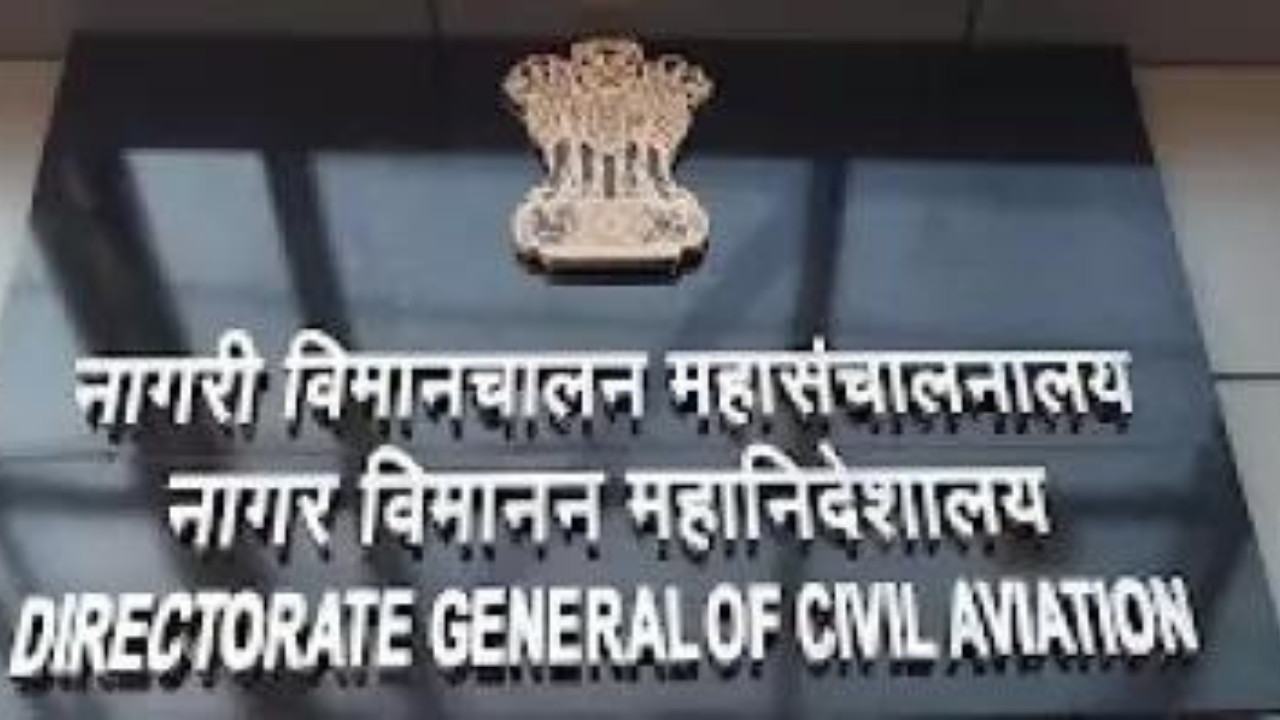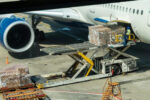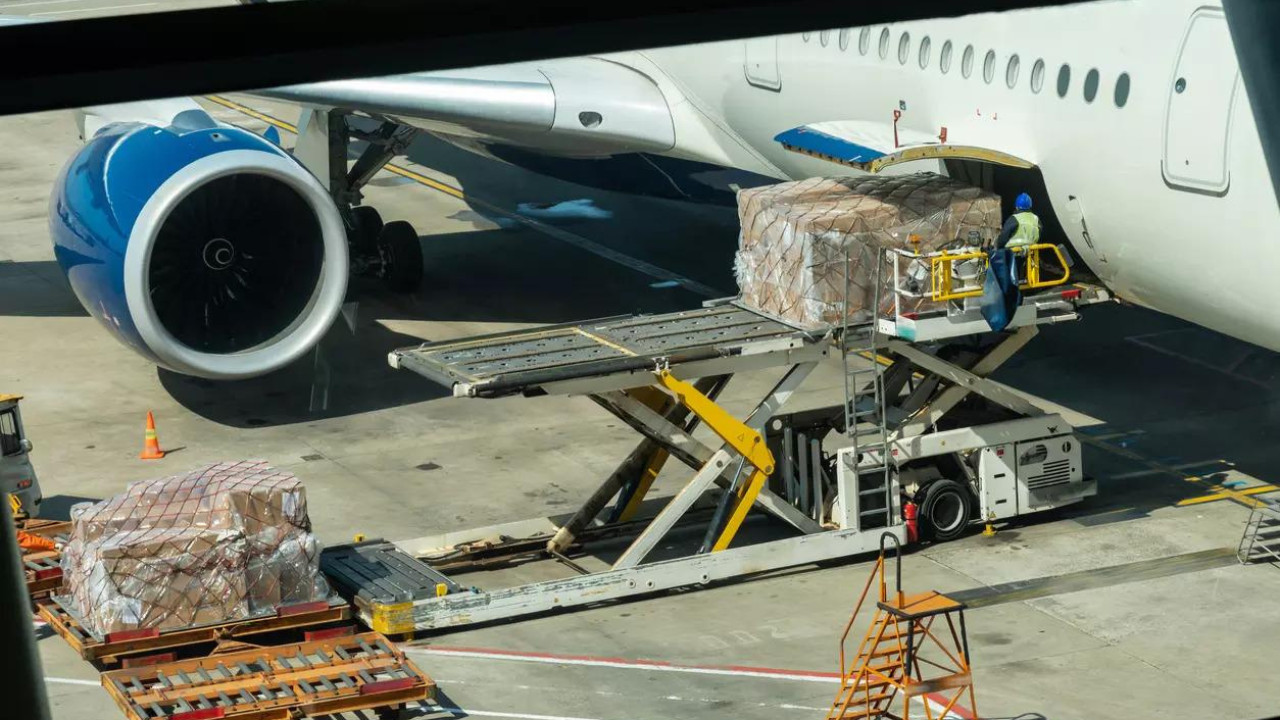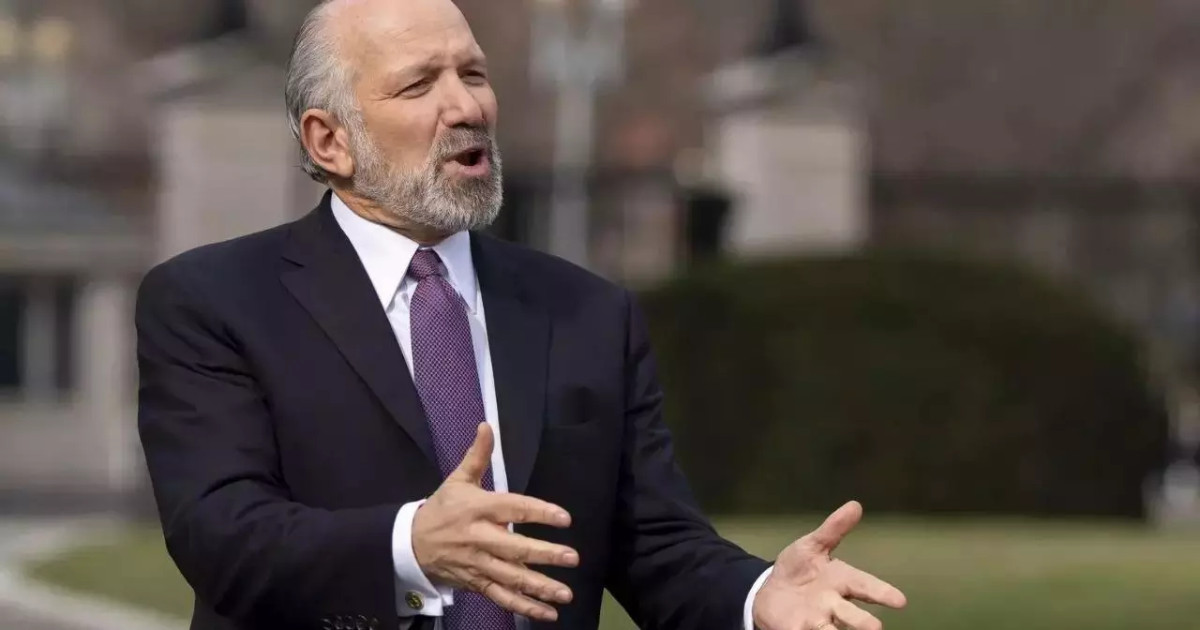Can We Make Flying Safer? A Hard Look at India’s Aviation Future
Air travel. For many, it’s a symbol of freedom, a gateway to new experiences. But behind the smooth takeoffs and landings lies a complex web of systems, regulations, and human factors, all working – hopefully flawlessly – to keep us safe. Recent events, including the near-miss incident involving Air India flight AI-171, have understandably shaken public confidence and prompted serious questions about the state of India’s aviation safety.
Instead of brushing these concerns aside, let’s unpack the issues and see what’s being proposed to make our skies safer. Parliamentarians are now advocating for key changes, pushing for a more robust and independent Directorate General of Civil Aviation (DGCA), modernized air traffic control (ATC) systems, and ensuring that crew members are adequately rested. But are these solutions enough?
The Push for DGCA Autonomy: Cutting Through the Red Tape
One of the most significant proposals on the table is granting greater autonomy to the DGCA. Currently, the DGCA operates under the Ministry of Civil Aviation, a relationship that some believe can hinder its effectiveness. The argument is simple: an independent DGCA, free from political interference, can more effectively enforce safety regulations and hold airlines accountable. Imagine a watchdog with sharper teeth, capable of acting decisively without fear of bureaucratic delays or political pressure. This independence could lead to more stringent safety audits, quicker responses to potential hazards, and a generally more proactive approach to aviation safety.
But what does true autonomy really look like? It means providing the DGCA with the resources it needs – financial independence, skilled personnel, and the authority to make critical decisions without needing layers of approval. It’s about empowering the organization to be a true guardian of the skies.
Modernizing Air Traffic Control: Navigating the Future
Our skies are getting busier. More flights, more routes, more complexity. This increased traffic demands a sophisticated and modernized air traffic control system. Outdated technology can lead to communication breakdowns, delays, and, in the worst-case scenario, potentially dangerous situations.
The proposed upgrades aim to incorporate the latest advancements in radar technology, communication systems, and data processing. Picture air traffic controllers with real-time, comprehensive views of the airspace, equipped with tools that can predict potential conflicts and guide aircraft safely. This isn’t just about convenience; it’s about creating a safer and more efficient air travel experience for everyone. Modernizing ATC is a crucial step in proactive aviation safety.

Rested Crew, Safe Skies: The Human Factor in Aviation Safety
Pilot fatigue is a well-documented threat to aviation safety. Long hours, demanding schedules, and disrupted sleep patterns can impair a pilot’s judgment, reaction time, and overall ability to handle challenging situations. Ensuring that crew members are adequately rested is not just a matter of employee well-being; it’s a critical safety imperative.
The call for stricter regulations on crew rest periods is gaining momentum. This includes setting minimum rest requirements, implementing fatigue risk management systems, and promoting a culture where pilots feel comfortable reporting fatigue without fear of repercussions. After all, the most advanced technology in the world is useless if the people operating it are not at their best. You can also find additional information about pilot wellbeing on our page about [airline pilot mental health initiatives](internal-link-placeholder).
More Than Just Solutions: A Shift in Mindset
While these proposed changes are a step in the right direction, they are not a silver bullet. Ultimately, ensuring aviation safety requires a holistic approach, one that goes beyond regulations and technology. It requires a fundamental shift in mindset, a commitment to safety at every level of the aviation industry, from the boardroom to the cockpit.
This means fostering a culture of transparency, where safety concerns are openly discussed and addressed without fear of blame. It means investing in training and education to ensure that all aviation professionals have the skills and knowledge they need to perform their jobs safely and effectively. And it means continuously monitoring and evaluating safety performance, using data to identify potential risks and implement preventive measures.
Towards a Safer Tomorrow
The recent near-miss incident has served as a wake-up call, highlighting the need for urgent action to strengthen India’s aviation safety framework. By granting the DGCA greater autonomy, modernizing air traffic control systems, and ensuring that crew members are adequately rested, we can take significant steps towards creating a safer and more reliable air travel experience for everyone. But the journey doesn’t end there. Continuous vigilance, a commitment to safety at all levels, and a proactive approach to risk management are essential to keeping our skies safe for generations to come. The future of India’s aviation safety depends on it.







